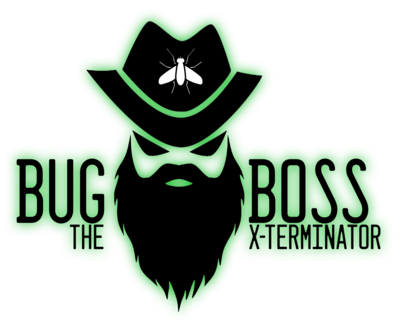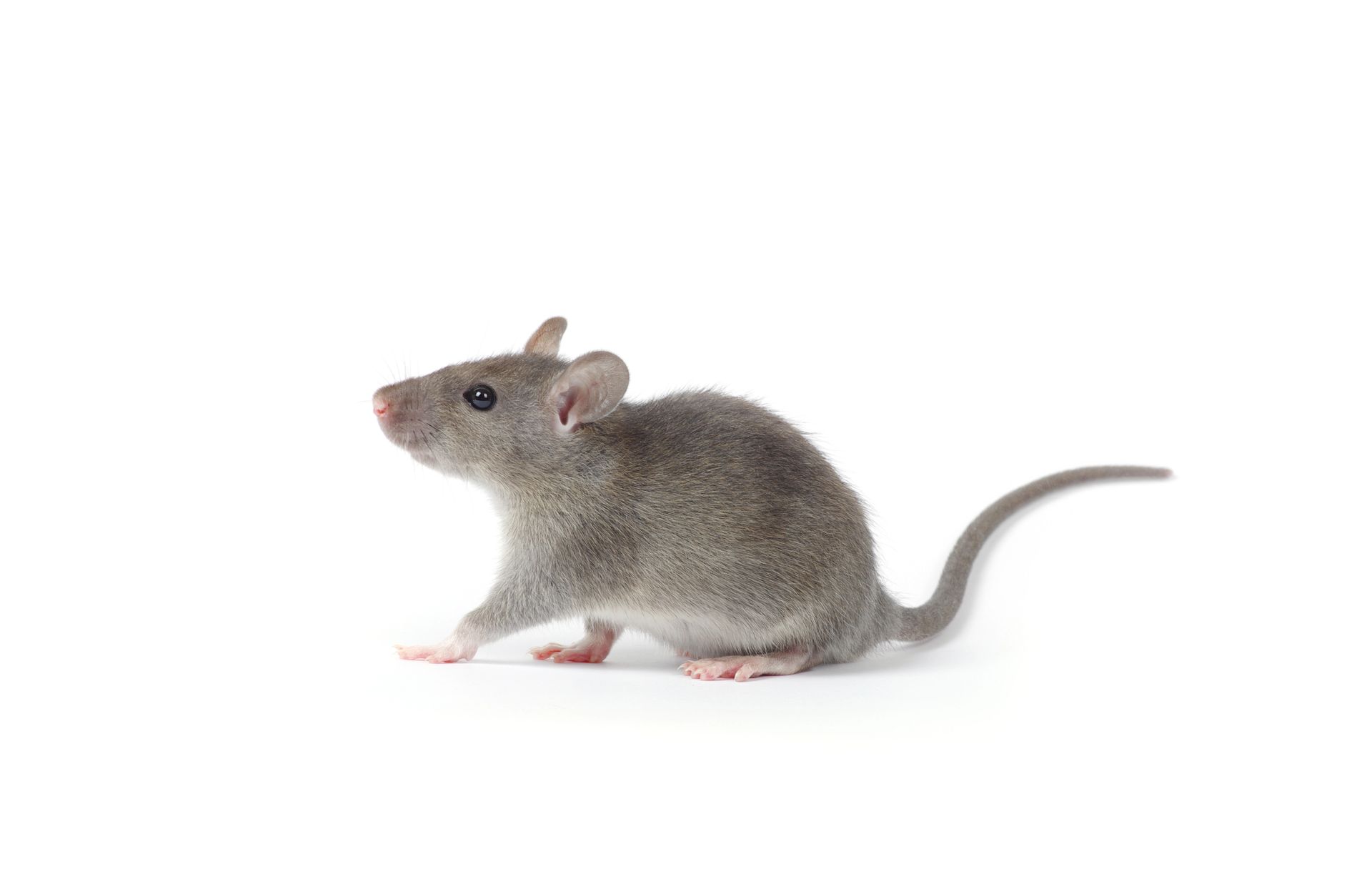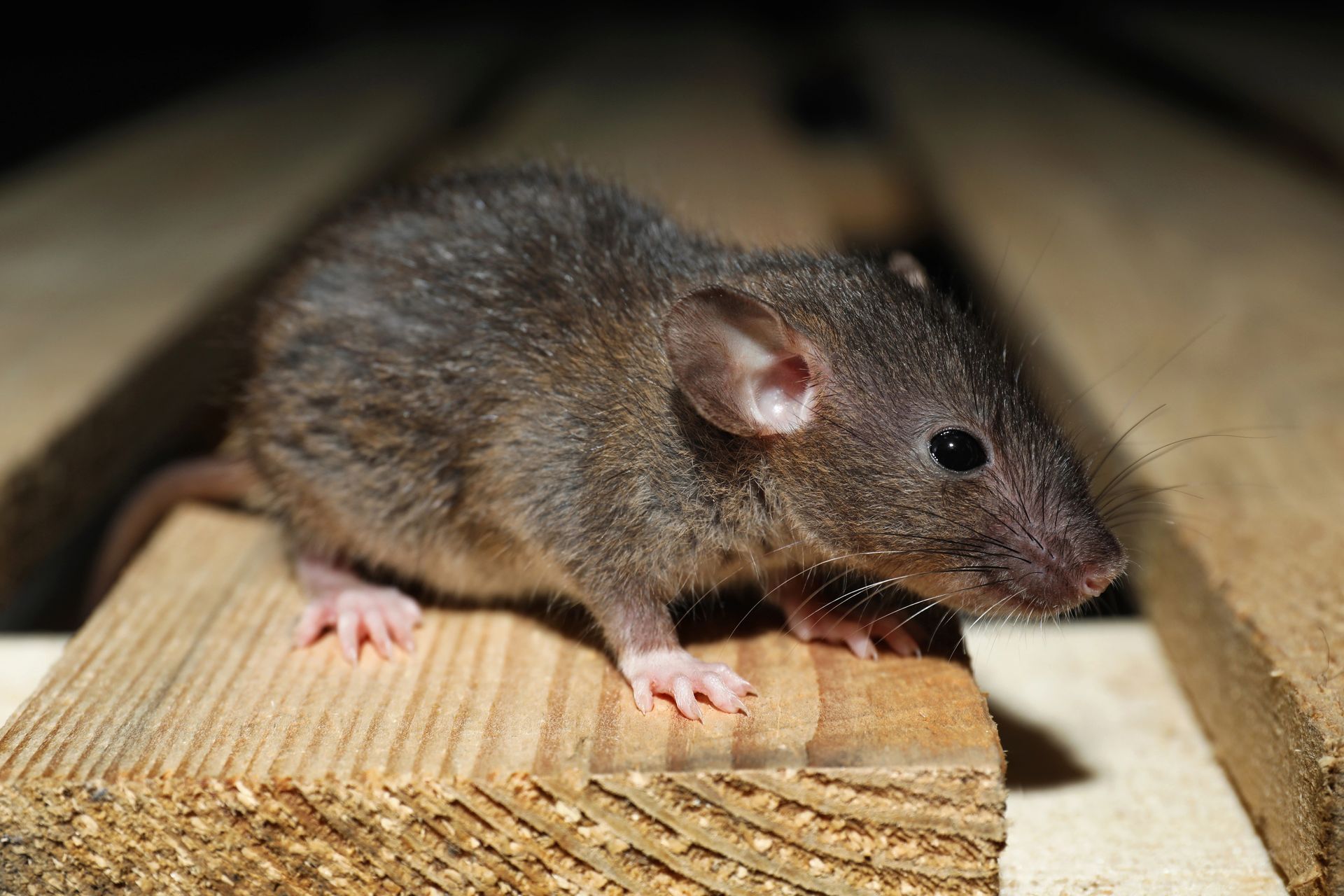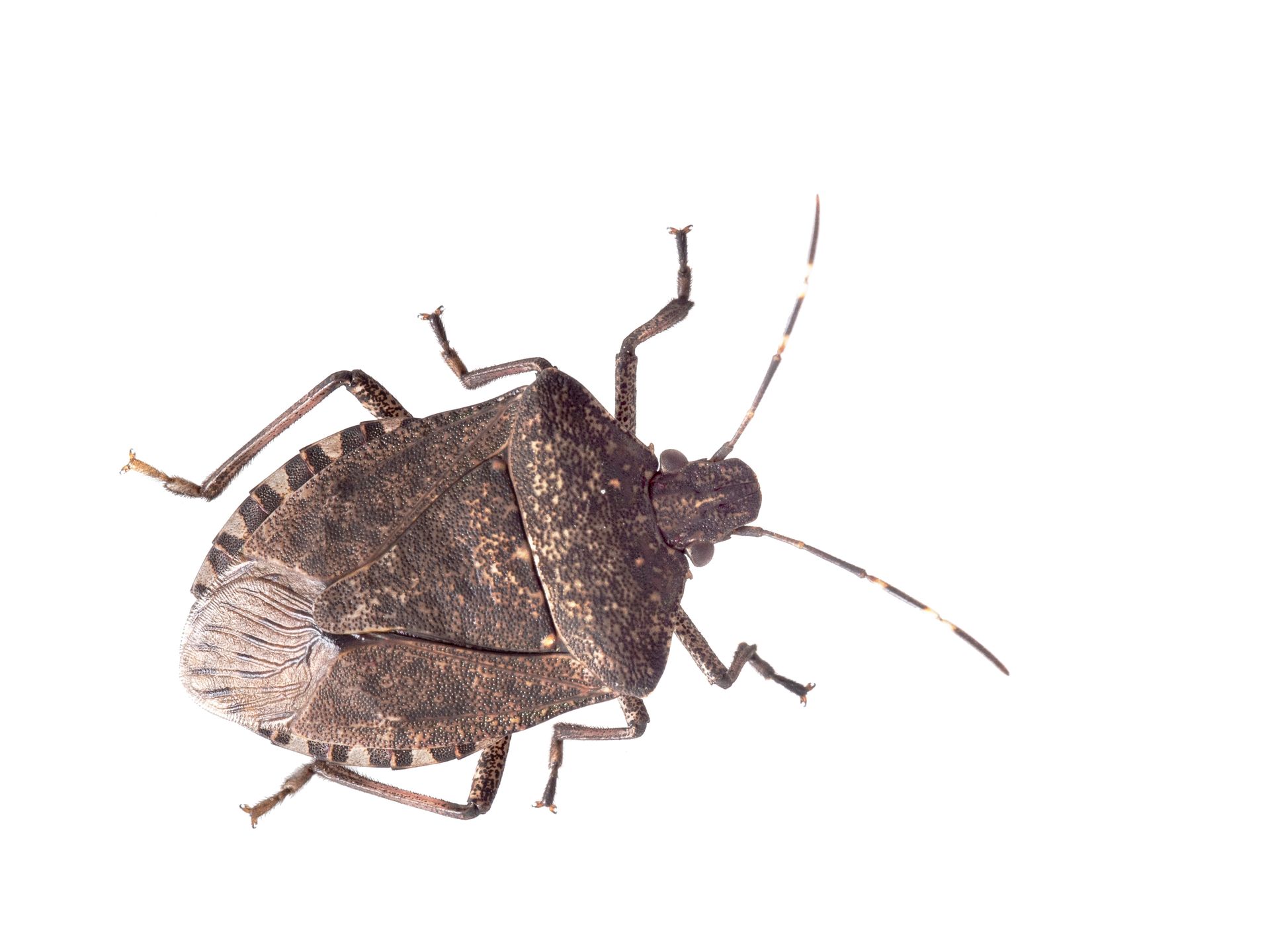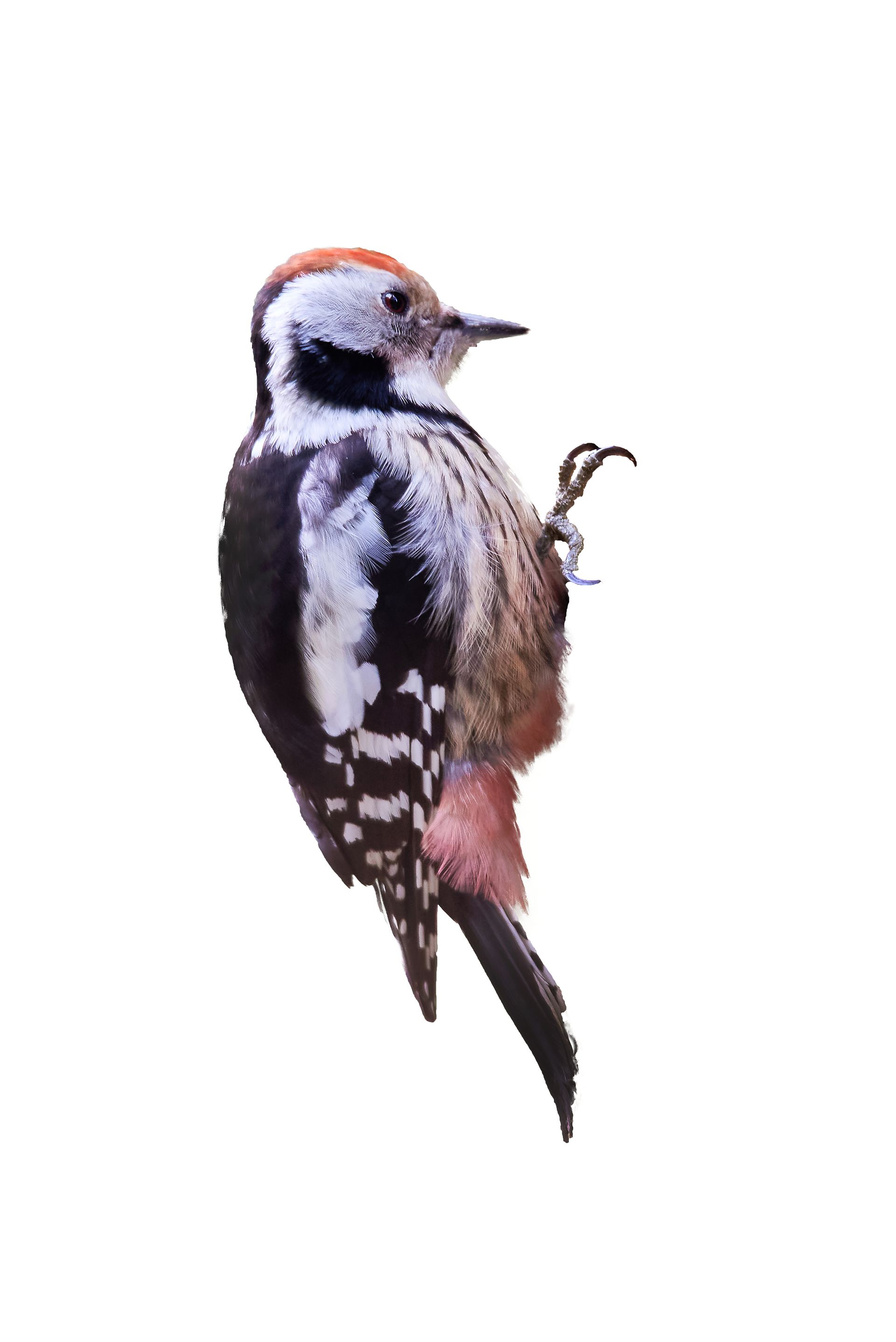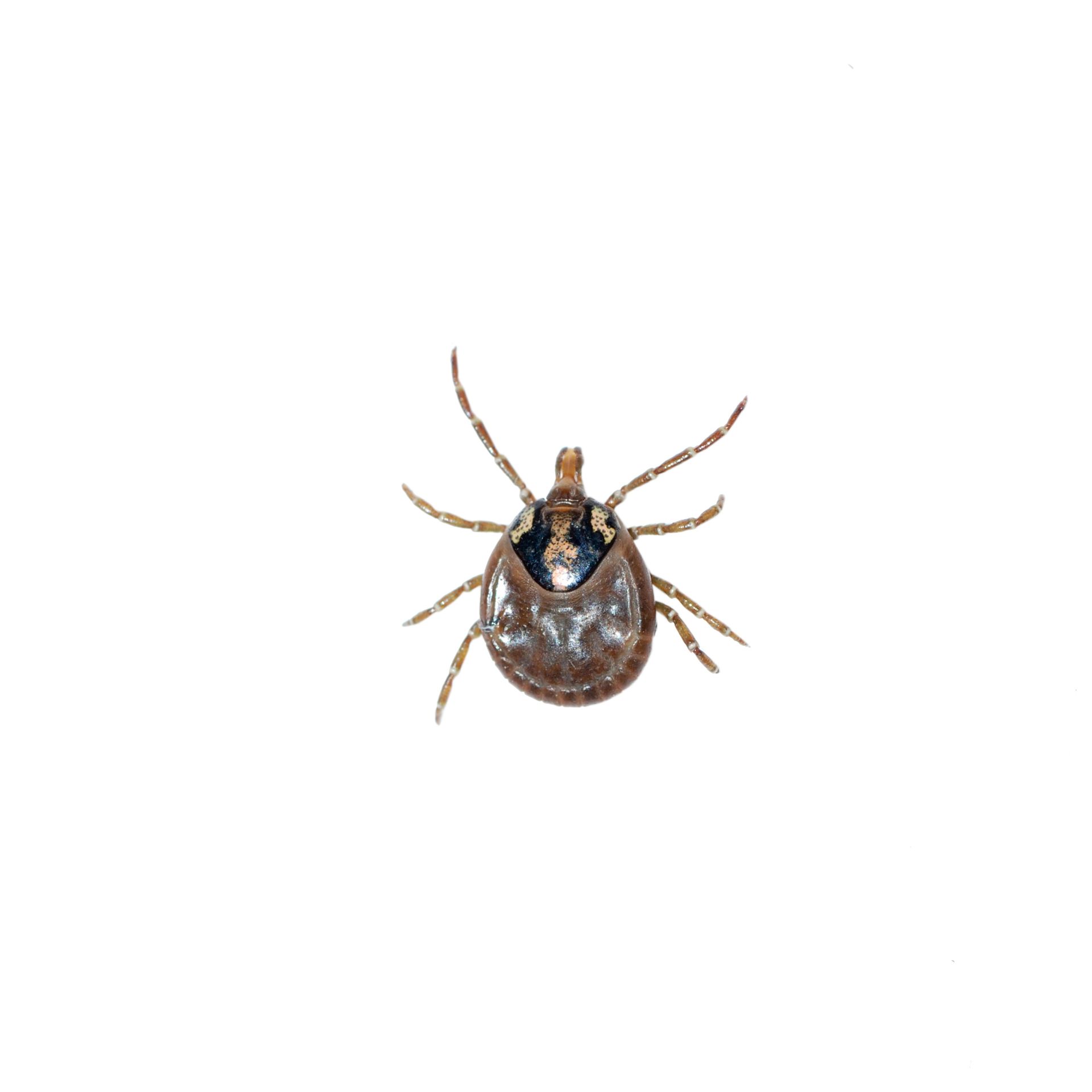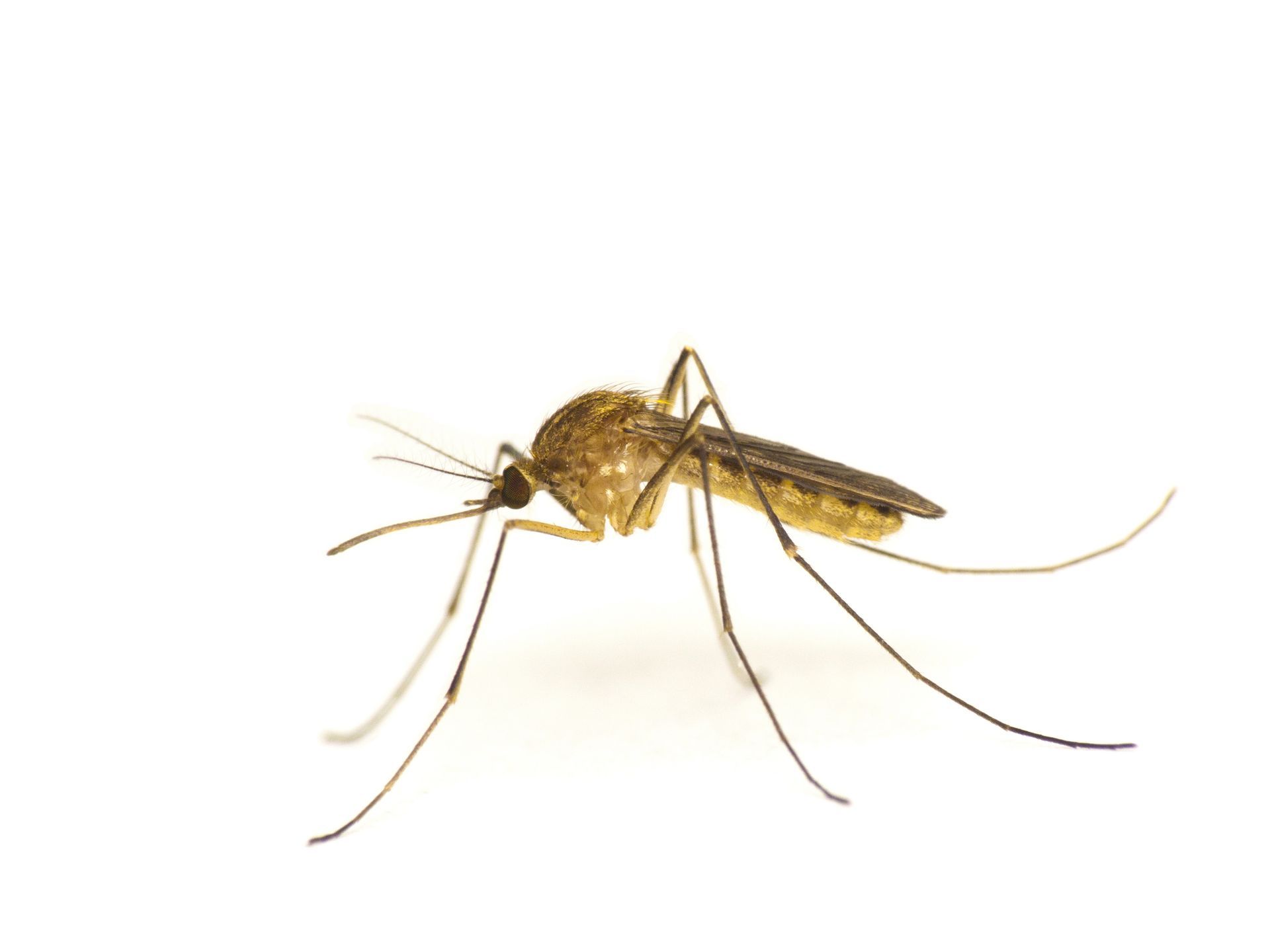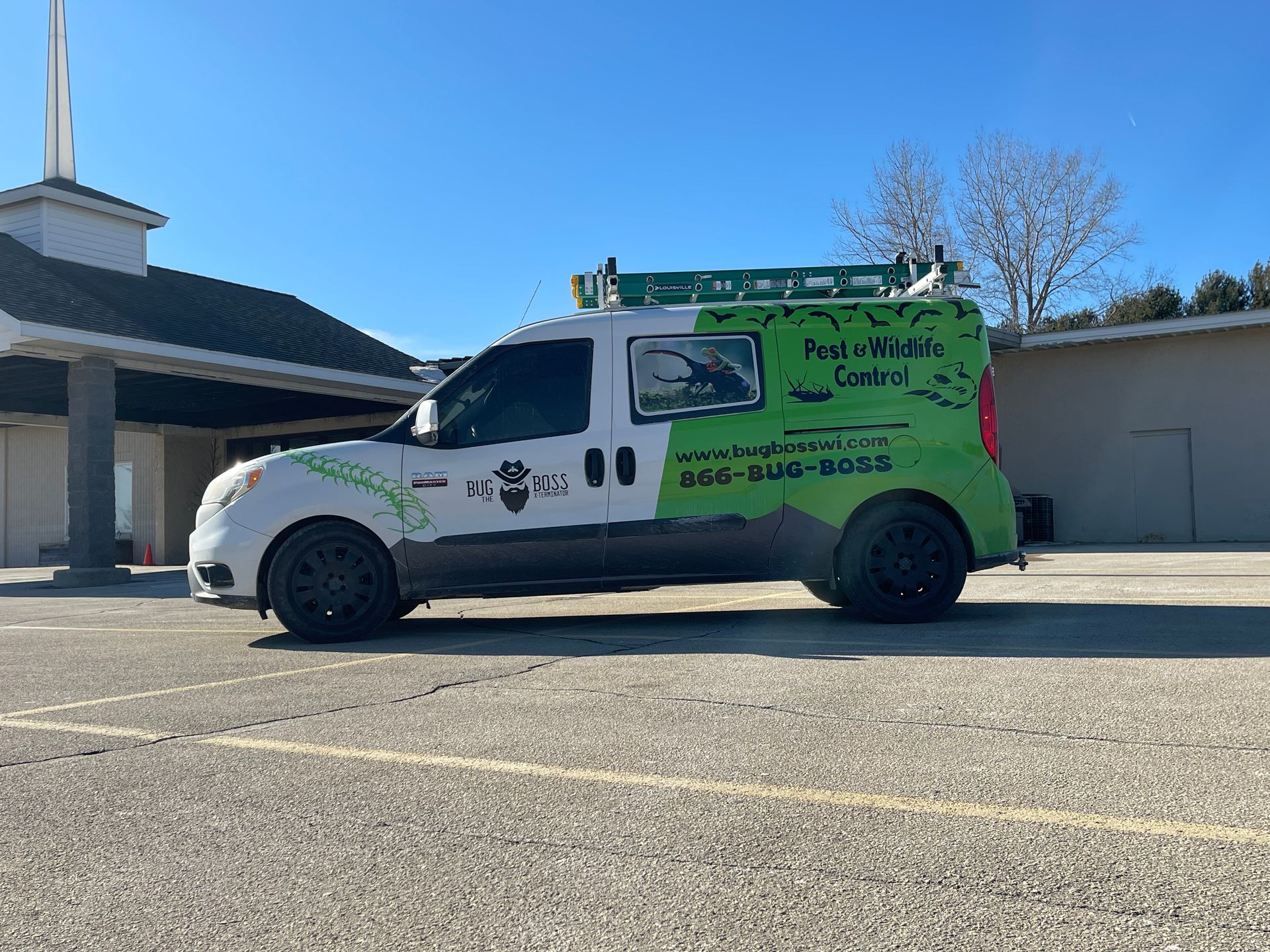Battling Japanese Beetles: August Garden Defense
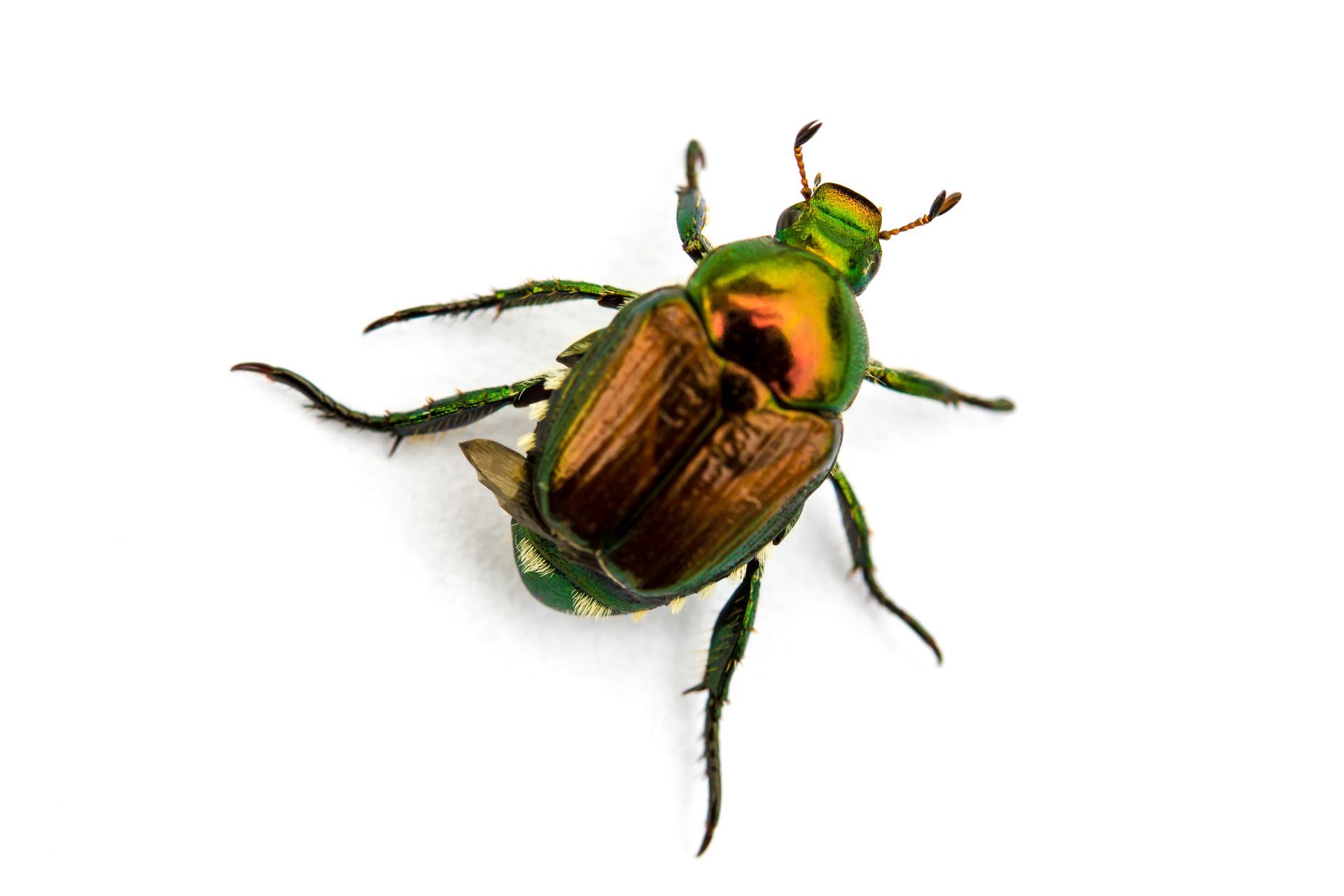
How to protect your Wisconsin lawn, garden, and landscaping from one of late summer’s most destructive pests.
By August, Japanese beetles have reached peak feeding frenzy in Wisconsin. These shiny green-and-copper insects may look harmless at first glance, but their appetite is relentless—chewing through roses, vegetable plants, fruit trees, and even turfgrass. In Clintonville and surrounding areas, the warm, humid days of late summer create ideal conditions for beetles to swarm, breed, and cause maximum damage.
At BugBoss The X-Terminator, we’ve seen firsthand how quickly a small beetle problem can turn into a widespread infestation. The good news? With the right timing and tactics, you can dramatically reduce beetle damage this season and set your yard up for a healthier spring.
Why August is a Critical Month
Japanese beetles emerge in late June and feed heavily through August, mating and laying eggs in soil. By late summer, those eggs hatch into grubs that spend fall feeding on grass roots before overwintering in the soil. This means:
- Feeding damage is at its peak – foliage skeletonizing, flowers destroyed.
- Next year’s beetle population is being set now – more eggs = more beetles next summer.
Treating now interrupts the lifecycle, reducing both current damage and future infestations.
Signs of Japanese Beetle Damage
- Skeletonized leaves with only the veins remaining.
- Flower destruction, especially on roses, hibiscus, and fruit blossoms.
- Clusters of beetles feeding in direct sunlight, often in the late morning or afternoon.
- Patchy, brown turf (later in the season) from grub feeding on grass roots.
Prevention & Control Strategies
1. Hand-Picking for Small Infestations
In the early morning when beetles are sluggish, shake them off plants into soapy water.
2. Targeted Plant Treatments
We use professional-grade insecticides that knock down active beetles while minimizing harm to beneficial insects.
3. Traps—Used Wisely
While pheromone traps can attract beetles away from plants, they can also draw more pests if placed too close to gardens. We recommend strategic placement away from the plants you want to protect.
4. Grub Control
Treating your lawn in late summer and early fall with a targeted grub control product reduces the next generation of beetles.
5. Plant Selection & Companion Planting
Avoid highly attractive plants like roses near high-traffic beetle areas, or pair them with deterrent plants such as garlic or chives.
Why Professional Treatment Matters
DIY methods can help, but large infestations require a more aggressive, integrated approach. At BugBoss The X-Terminator, we combine adult beetle control with grub management to break the lifecycle and protect your property long-term. Our local expertise means we choose solutions tailored to Wisconsin’s climate and pest patterns.
Take Back Your Yard
If Japanese beetles are turning your yard into their personal buffet, don’t wait for the damage to worsen. BugBoss The X-Terminator can inspect your property, identify trouble spots, and implement a late-summer strategy that protects both your plants and your lawn.
